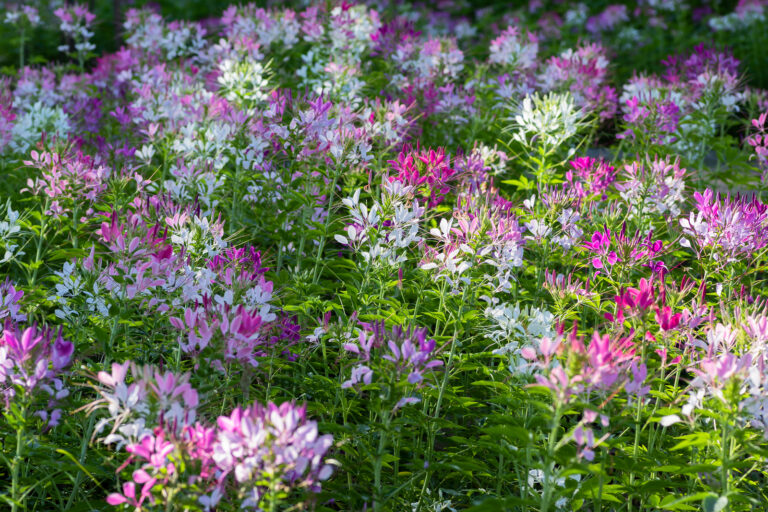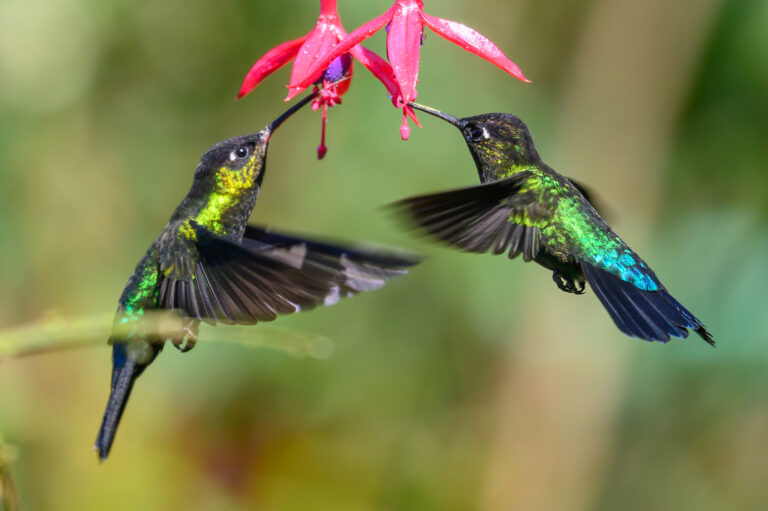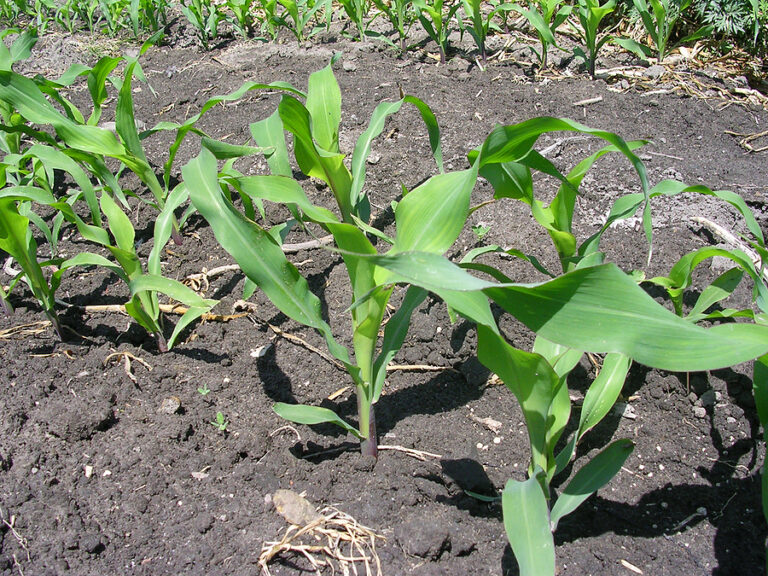Best Greens for Broadcasting in Hot Weather
Broadcast sowing isn’t just for cool-season salad beds. With the right heat-tolerant greens, you can keep leafy harvests coming even during the hottest part of the year. As a longtime vegetable gardener working in warm, dry summers, I’ve learned that some greens not only survive heat—they thrive when sown densely and harvested young. This guide highlights the best greens for broadcasting in hot weather and how to get consistent, tender harvests all season long.
Why Broadcast Greens in Hot Weather?
Hot-weather greens grow quickly when sown thickly, providing a steady supply of baby leaves. Broadcasting also keeps the soil shaded, reducing water loss and helping germination during heat spikes. Dense plantings suppress weeds naturally—always a bonus during summer’s rapid weed flushes.
The Best Heat-Tolerant Greens for Broadcast Sowing
1. Malabar Spinach (Basella alba)
- Why it works: True heat lover; germinates and grows vigorously above 85°F.
- Flavor & use: Mild, slightly succulent leaves perfect for fresh salads or quick stir-fries.
- Broadcast tip: Mix with faster-germinating greens for early harvests while vines establish.
2. New Zealand Spinach (Tetragonia tetragonioides)
- Why it works: Stays productive in hot, dry conditions where regular spinach fails.
- Flavor & use: Tender when harvested young; tastes like mild spinach.
- Broadcast tip: Soak seeds overnight for even germination.
3. Amaranth Greens (Callaloo)
- Why it works: Thrives in heat with rapid growth from sowing to cutting.
- Flavor & use: Slightly earthy, similar to beet greens; delicious sautéed or raw when young.
- Broadcast tip: Sow lightly—plants grow fast and you want room for repeated cuttings.
4. Leaf Mustard (Heat-Tolerant Varieties)
- Why it works: Mustard germinates quickly even in warm soils.
- Flavor & use: Peppery; adds brightness to summer salads and sautés.
- Broadcast tip: Choose varieties labeled Southern Giant, Green Wave, or Mizuna-type mustards.
5. Chard (Baby Leaf)
- Why it works: Handles heat far better than lettuce; excellent for baby-leaf mixes.
- Flavor & use: Mild, juicy stems and smooth leaves.
- Broadcast tip: Use a very light rate; chard leaves get large quickly.
6. Egyptian Spinach (Molokhia)
- Why it works: A heat-loving green grown across hot regions of the world.
- Flavor & use: Tender, mild leaves great for soups and quick wilting.
- Broadcast tip: Thin lightly with scissors to prevent overcrowding.
7. Roselle (Baby Hibiscus Greens)
- Why it works: Loves heat and poor soils; germinates reliably in summer.
- Flavor & use: Tart, lemony flavor excellent in salads.
- Broadcast tip: Harvest at baby stage (3–5 weeks) for the best tenderness.
Broadcasting Techniques for Summer Success
1. Prepare Moist, Cool Soil
Even heat-tolerant greens germinate best when the top inch of soil is fully moistened before sowing.
2. Mix Seeds With a Carrier
Blend your seeds with:
- Dry sand
- Coffee grounds
- Fine compost
This ensures even distribution—especially useful with tiny seeds like amaranth.
3. Water Gently and Consistently
Use a fine-rose watering can or misting nozzle twice a day during hot spells until germination.
4. Provide Temporary Shade for Reliable Sprouting
Use:
- Shade cloth (30–40%)
- Inverted nursery flats
- Light row cover
Remove once seedlings emerge.
5. Harvest Frequently
Most heat-hardy broadcast greens are ready in 15–25 days for baby cuts. Frequent harvesting keeps beds tender and productive.
My Experience Growing Broadcast Greens in Heat
Gardening in warm California summers taught me that greens don’t have to disappear when temperatures rise. By shifting to heat-tolerant species and using dense broadcast sowing, I’ve kept summer salad production going for decades. I’ve also found that fast-growing greens, when harvested young, avoid bitterness and stress—key to quality summer eating.
Final Thoughts
Broadcast sowing heat-tolerant greens is one of the easiest ways to maintain fresh, tender harvests in hot weather. With smart soil prep, even watering, and the right mix of heat-loving greens, you can eat fresh salads and sautéed greens every week all summer long.
Seasonal Calendar for Broadcasting Greens in Hot Weather
EARLY WARM SEASON
(When nights are consistently above 55°F and days above 70°F)
Best greens to broadcast:
- Amaranth
- Mizuna and heat-tolerant mustards
- Chard (baby leaf)
- Roselle
Tasks:
- Pre-moisten soil deeply.
- Mix seeds with sand for even broadcasting.
- Apply light shade cloth to help early germination.
- Harvest first baby leaves in 18–25 days.
WARM SEASON / PRE-SUMMER
(When daytime temps regularly hit 80–90°F)
Best greens to broadcast:
- Amaranth
- New Zealand spinach
- Mustard (Green Wave, Southern Giant)
- Molokhia/Egyptian spinach
Tasks:
- Water twice daily until germination.
- Mulch around broadcast beds to retain moisture.
- Keep a weekly succession plan: resow every 10–14 days.
- Begin frequent cut-and-come-again harvesting.
PEAK HOT SEASON
(Heat waves; daytime temps 90–105°F)
Best greens to broadcast:
- Malabar spinach
- Amaranth
- Molokhia
- Roselle (baby leaf)
Tasks:
- Use 30–40% shade cloth during germination.
- Keep soil constantly moist to the depth of your knuckle.
- Harvest very young—10–18 days—to avoid toughness.
- Sow in partial shade (east side of tomatoes or trellises works well).
LATE HOT SEASON / LATE SUMMER
(High heat persists but nights begin to cool to 60–65°F)
Best greens to broadcast:
- Amaranth
- Mizuna and mustards
- Chard
- New Zealand spinach
Tasks:
- Reduce shade cloth gradually.
- Keep a steady succession: sow every 1–2 weeks.
- Start harvesting at both baby (15–20 days) and small-leaf stages (25–35 days).
- Thin lightly with scissors to promote airflow as humidity rises.
HOT-TO-COOL TRANSITION (Late Summer → Early Fall)
(Warm days, cool nights; soil temps still warm for germination)
Best greens to broadcast:
- Mizuna
- Mustards
- Chard
- Roselle (final sowings)
Tasks:
- Take advantage of warm soil—this is the last strong germination window.
- Sow thickly for dense fall baby-leaf beds.
- Transition to once-daily watering as temps fall.
- Expect harvests in 20–30 days depending on cooling rates.
EVERGREEN TIPS FOR ANY HOT-WEATHER BROADCAST BED
Watering Pattern
- Very hot weather: Mist 2–3× daily until germination.
- After emergence: deep watering every 1–2 days.
Soil Prep
- Pre-wet the top 1–2 inches.
- Use compost to improve moisture retention.
- Avoid sowing into dry or crusted soil.
Harvest Rhythm
- Baby leaf: 10–25 days
- Cut-and-come-again: every 3–5 days to keep beds tender
- Resow beds every 10–14 days through the hot season for consistent supply.





